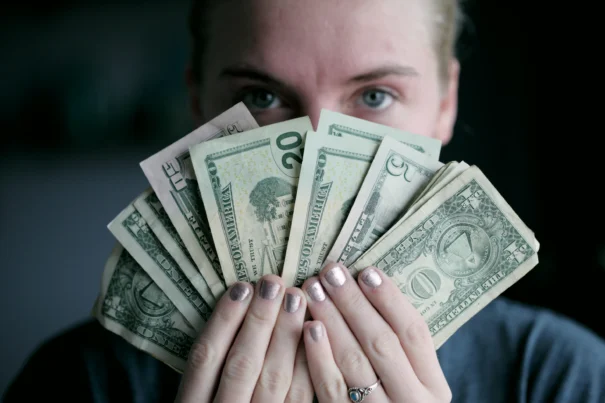
Photo by Alexander Grey
In 2024, it’s nothing short of outrageous that we’re still grappling with a wage gap between men and women. This persistent disparity isn’t just a number on a spreadsheet – it’s a glaring symbol of the systemic sexism that continues to plague our society. For the first time in over 20 years, the gender pay gap has increased between men and women, according to new census data. Furthermore, analysis by the National Partnership for Women & Families provided the following statistics:
- Latina women workers are paid 51 cents for every dollar paid to white, non-Hispanic men.
- Black women workers are paid 64 cents for every dollar paid to white, non-Hispanic men.
- Asian American women workers are paid 83 cents for every dollar paid to white, non-Hispanic men.
- White women workers are paid 73 cents for every dollar paid to white, non-Hispanic men.
- Overall, women are paid $14,170 less than men over the course of a year.
The undervaluing of women’s critical role in the workforce reminds us of the ideologies and beliefs that aim to restrict women’s opportunities. The wage gap isn’t just about money – it’s about power, respect, and the value we place on women’s contributions to society. When we pay women less, we’re sending a clear message that their work, their time, and their expertise are worth less than men’s. This outdated and sexist notion has no place in a society that claims to value equality.
The consequences of this wage disparity ripple through every aspect of women’s lives, creating a domino effect of inequality that extends far beyond the paycheck.
First is financial insecurity. The wage gap is not just about having less spending money – it’s about systemic financial vulnerability. With lower wages, women struggle to build emergency funds. When life throws a curveball – be it a medical emergency, job loss, or global pandemic – women are often left scrambling, forced to take on debt or make impossible choices, especially when they are more likely to be responsible for childcare.
Secondly, the wage gap compounds over time, leading to a retirement savings gap that’s nothing short of catastrophic. On average, women live longer than men, yet they’re expected to survive on significantly smaller nest eggs. This sets the stage for a crisis of elderly poverty that disproportionately affects women. Financial insecurity doesn’t just affect individual women – it ripples through generations. Women with less financial stability are less able to support their children’s education or help them get a start in life, perpetuating cycles of economic disadvantage.
The wage gap acts as both a symptom and a cause of career barriers for women. When women see that certain industries or positions consistently undervalue and underpay them, they’re less likely to pursue those paths. This leads to a need for more female representation in high-paying fields and leadership roles, further entrenching the wage gap. When women are discouraged from specific career paths, we all lose out on their potential innovations and contributions. How many groundbreaking ideas have never seen the light of day because talented women were pushed out of male-dominated fields? The wage gap creates a lower baseline for women in salary negotiations. Even when women negotiate as assertively as men, they often start from a lower initial offer, leading to perpetually lower salaries throughout their careers.
The wage gap doesn’t just affect women at work—it shapes entire family dynamics. When families question who should step back from their careers to care for children or elderly parents, the lower-earning partner is the “logical” choice. Due to the wage gap, this is most often the woman, reinforcing outdated gender roles and stalling career progress. Similarly, the “mommy penalty” is real. Women who take career breaks for caregiving face significant challenges re-entering the workforce, often at lower pay rates. Meanwhile, fathers usually see a “daddy bonus” in wages, widening the gap further.
The wage gap is not just a number—it’s a pervasive force that profoundly and lastingly shapes women’s lives, opportunities, and well-being. It’s a form of economic violence that we must confront and dismantle if we truly believe in equality and justice. The fight for equal pay is for women’s autonomy, dignity, and fundamental human rights. It’s time to recognize the true cost of the wage gap and take decisive action to close it once and for all.


